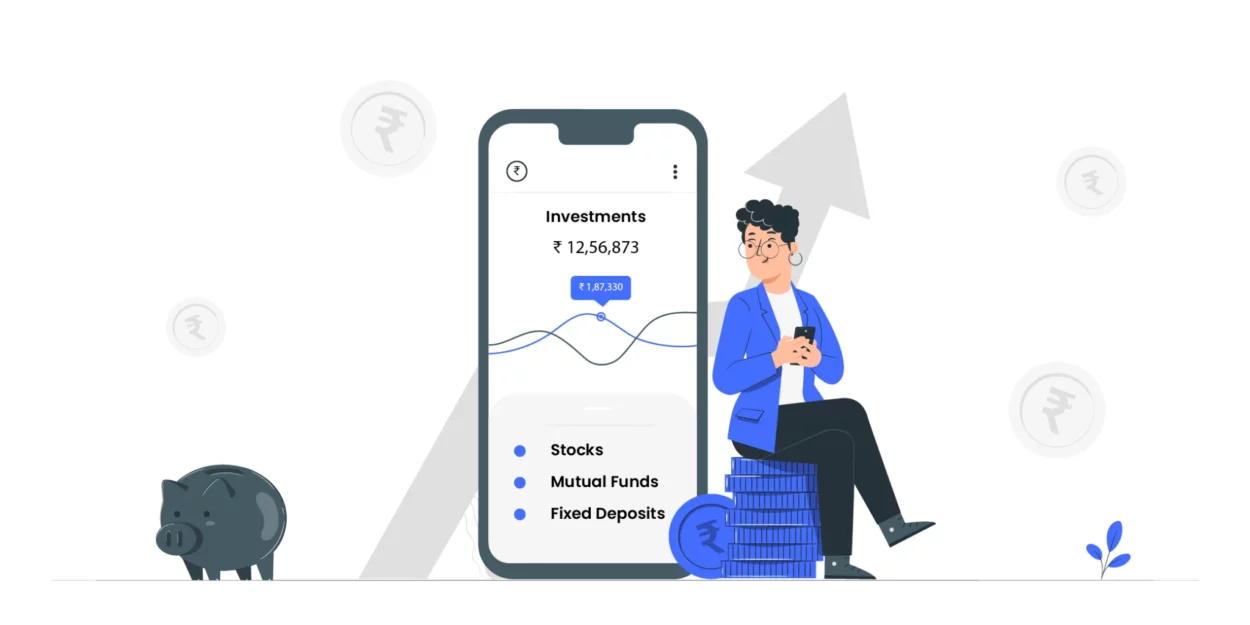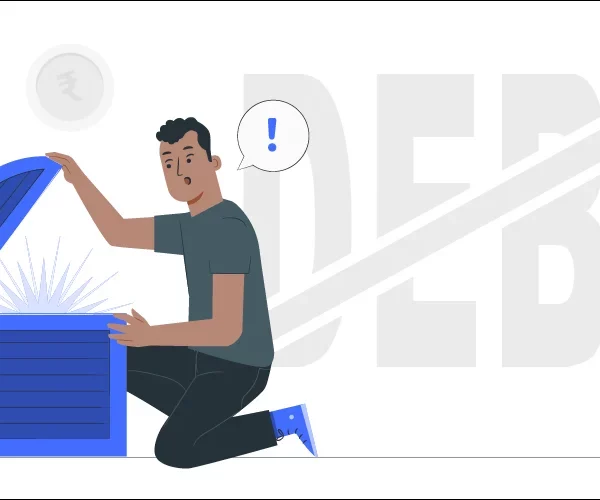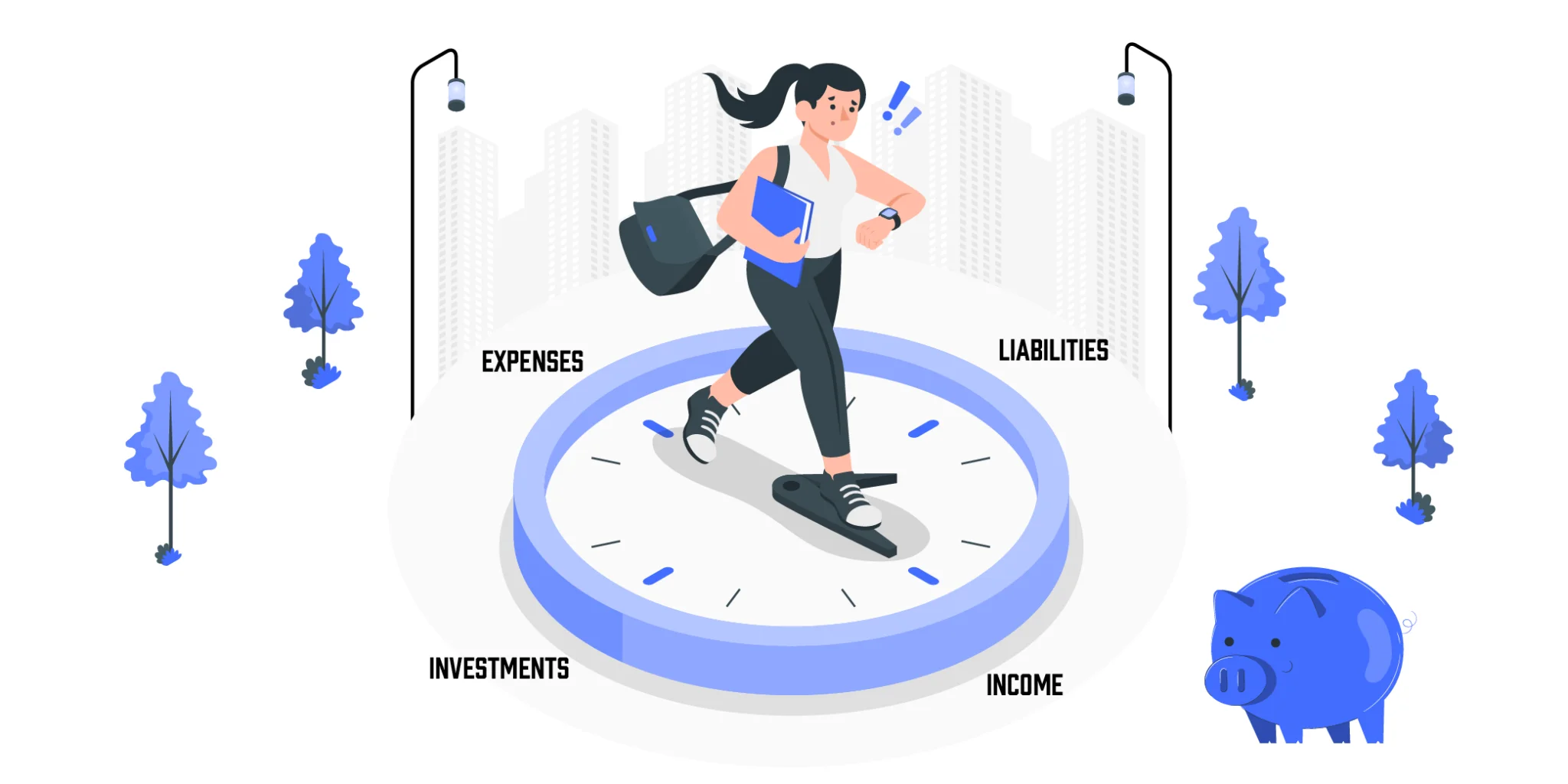It’s never too early and never too complicated to create an investment portfolio. We are going to show you how exactly you can do it.
In our previous blog, we talked about how you can build an emergency fund and manage your debt properly. Today, we will be discussing how you can create your own diversified investment portfolio.
When you hear the word ‘Investment Portfolio’, the stock exchanges and the day traders who work there might come to your mind.
Trust us, investment portfolios can be created by anyone and not only by portfolio managers and traders. If you are someone who hasn’t started investing, then this is the time to join the millions of Indian investors.
According to Sebi data quoted by Minister of State in the Ministry of Finance, Pankaj Chaudhary, as mentioned in The Economic Times, there are 1.85 crore mutual fund investors in India.
But if you think that only people who make a lot of money invest in mutual funds and if you make less than 5,00,000 per year, you wouldn’t have to worry about it, then the next fact will make you think again.
Out of the 1.85 crore mutual fund investors, 70% of them have income below 5 lakhs. This shows how mutual funds are not only for saving taxes but also, are seen as a good option to grow one’s wealth.
Investment Portfolio
An investment portfolio is a collection of assets and it can include investments like stocks, bonds, mutual funds and exchange-traded funds.
The portfolio should be diverse as it is crucial for its success.
Let’s say, Mr. A is putting ₹5,000 every month in a LIC policy, ₹7,000 in an equity mutual fund scheme and ₹3,000 in a bank fixed deposit, then he should look at all these accounts collectively and this is his investment portfolio.
But what if you haven’t put your money anywhere like Mr.A?
So, how can you start an investment portfolio? Should you also go ahead and put your money in a LIC policy, mutual fund scheme and bank fixed deposit like Mr.A? Before you construct an investment portfolio for yourself, you should answer the below questions.
- What are your goals?
- How much risk am I willing to take?
- How much time am I willing to stay invested?
In the world of investing, there are two statements that summarize everything – High risk, High reward and Low risk, Low reward.
So, if you want to earn higher returns, you are told to invest in high-risk instruments and vice versa. But this depends on each individual and their goals.
You have to write down your goals, understand how much risk you are willing to take and how much time you are planning to stay invested.
Let’s take a look at Mr.AB’s example. Mr.AB is a salaried employee, who is 25 years old.
Goal: Wealth accumulation
Risk: High risk
Time Horizon: 15 years
Financial Products he has chosen to invest in: Stocks, Bank FDs, Digital Gold, Crypto ETFs.
When you take a closer look at AB’s portfolio, you can see that it is diverse (i.e) He has invested in several financial products, and he has balanced it according to his risk appetite.
Since stocks and Crypto ETFs carry high risk and offer higher returns, it is 65% of his portfolio.
However, he has also included some safe investment instruments such as bank FDs and digital gold, so that he has a safety net and doesn’t lose much money when the risky assets are declining in value. T
his is what we call a diverse and balanced portfolio.
Below is the table that consists of some of the instruments that belong to various risk profiles. You can choose the products accordingly and build your portfolio.
So, if you are someone who has a high risk appetite, high risk assets should form 60-70% of your portfolio. If you have a low risk appetite, 60-70% of your portfolio should have low risk assets.
| Risk Level | Instruments |
| High |
|
| Medium |
|
| Low |
|
However, the important thing to note here is that you have to keep on rebalancing your portfolio as you age and as your goals change. Take a look at how Mr.AB is investing in his 20s, 30s and 40s.
| Categories | Mr. AB | ||
| Age | In his 20s | In his 30s | In his 40s |
| Goals |
|
|
|
| Risk Appetite | High Risk | Medium Risk | Low Risk |
| Investment Horizon | 15 to 20 years | 10 to 15 years | 5 to 10 years |
So, as you get older or as your goals change over the years, you should start to shift between the different investment instruments.
If your portfolio is not bringing you good returns, you should understand the reason behind the underperformance and rectify it.
Creating a profitable investment portfolio is all about picking and choosing what’s right for you.
If you want a hands-off approach to investing and want a platform to design your portfolio that is suitable to your future financial needs and helps you achieve your dreams, then you should head to Koshex.
Read this blog to understand how Automated Investing works and how our platform can help you.
So, creating a portfolio doesn’t sound so scary anymore, does it? In our next blog, we will be discussing how you can plan for your retirement.
Sounds exciting, doesn’t it? In the meantime, tell us what takes a major portion of your portfolio in the comments section.









Leave a Comment